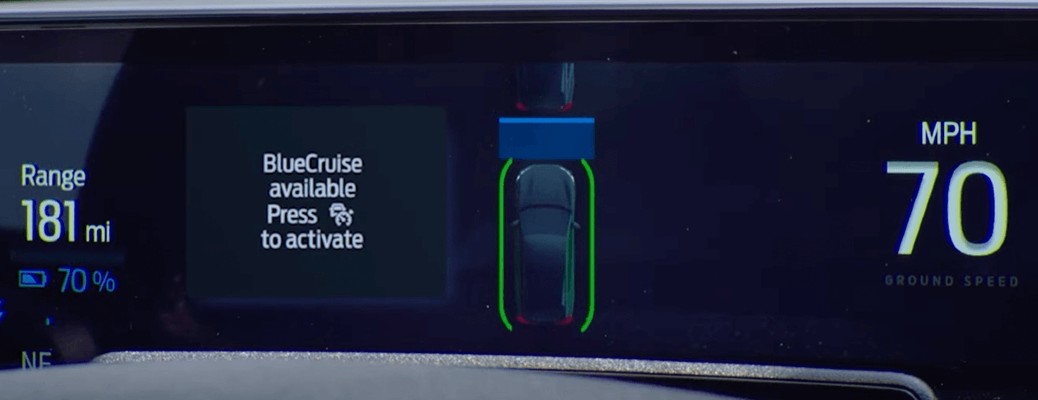What is the point of using drive modes in your truck?
Below, you can learn about the benefits of drive modes in your work vehicle with us, Sherwood Ford. We’re happy to help you find a Ford truck or van with driving modes. Visit us in Sherwood Park, AB, to get started.
Six drive modes available on Ford work trucks
- Normal Mode: This is the default driving mode for everyday use. In Normal mode, the vehicle operates with standard settings for engine performance, transmission shifting, and other parameters. It provides a balanced blend of power and fuel efficiency for typical driving conditions.
- Eco Mode: Eco mode is designed to optimize fuel efficiency. When activated, it may adjust the accelerator response to prioritize fuel economy over power. This mode is ideal for long highway drives or when you want to conserve fuel.
- Slippery Mode: Slippery mode is intended for low-traction conditions such as rain, snow, or ice. When engaged, it adjusts throttle response and traction control settings to provide better control and stability on slippery surfaces, reducing the risk of wheel spin and loss of control.
- Sport Mode: Sport mode is designed for a more spirited driving experience. It sharpens throttle response, holds gears longer for quicker acceleration, and may provide a more engaging driving feel. This mode is ideal for those who want a more dynamic driving experience.
- Off-Road Mode: Off-Road mode is tailored for driving on rough terrain, such as dirt trails, gravel roads, or mud. When activated, it adjusts various vehicle parameters to enhance off-road performance, including throttle response, transmission behavior, and traction control settings. This mode is helpful for those who need to navigate challenging off-road conditions.
- Tow/Haul Mode: Tow/Haul mode is designed for towing heavy loads. When engaged, it modifies the vehicle’s behavior to provide better control and performance when towing trailers or carrying heavy payloads. It may adjust transmission shifting patterns, increase engine braking, and optimize power delivery to handle the extra weight more effectively.
Five reasons why your fleet of work trucks should include drive modes
- Improved fuel efficiency: Drive modes like “Eco” are designed to optimize fuel efficiency by adjusting engine performance and transmission behavior. When driving long distances or on highways, selecting this mode can help reduce fuel consumption, ultimately saving your business money on fuel costs.
- Enhanced traction and stability: Modes such as “Slippery” and “Off-Road” are valuable when driving in challenging conditions. They can help improve traction on slippery surfaces, like snow or mud, and enhance stability when off-roading. This is particularly beneficial for work vehicles that need to operate in diverse environments.
- Safer towing: “Tow/Haul” mode is essential for vehicles used to tow trailers or haul heavy loads. It adjusts the vehicle’s behavior to handle the added weight more effectively, providing better control, stability, and reduced wear and tear on the brakes and transmission.
- Increased safety: Drive modes can contribute to safer driving by adapting the vehicle’s settings to specific road conditions. This can help prevent accidents, especially in adverse weather conditions or when towing heavy loads.
- Versatility: Work vehicles often need to adapt to various tasks and environments. Drive modes provide versatility, allowing a single vehicle to perform effectively in different scenarios, whether city commuting, highway driving, off-roading, or towing.



